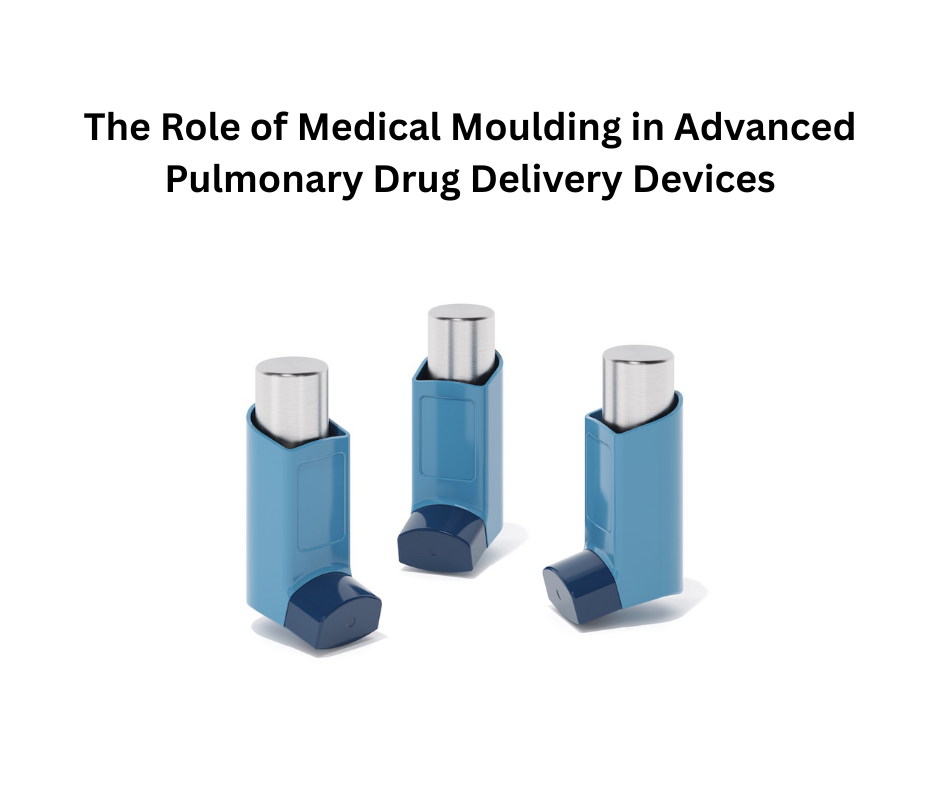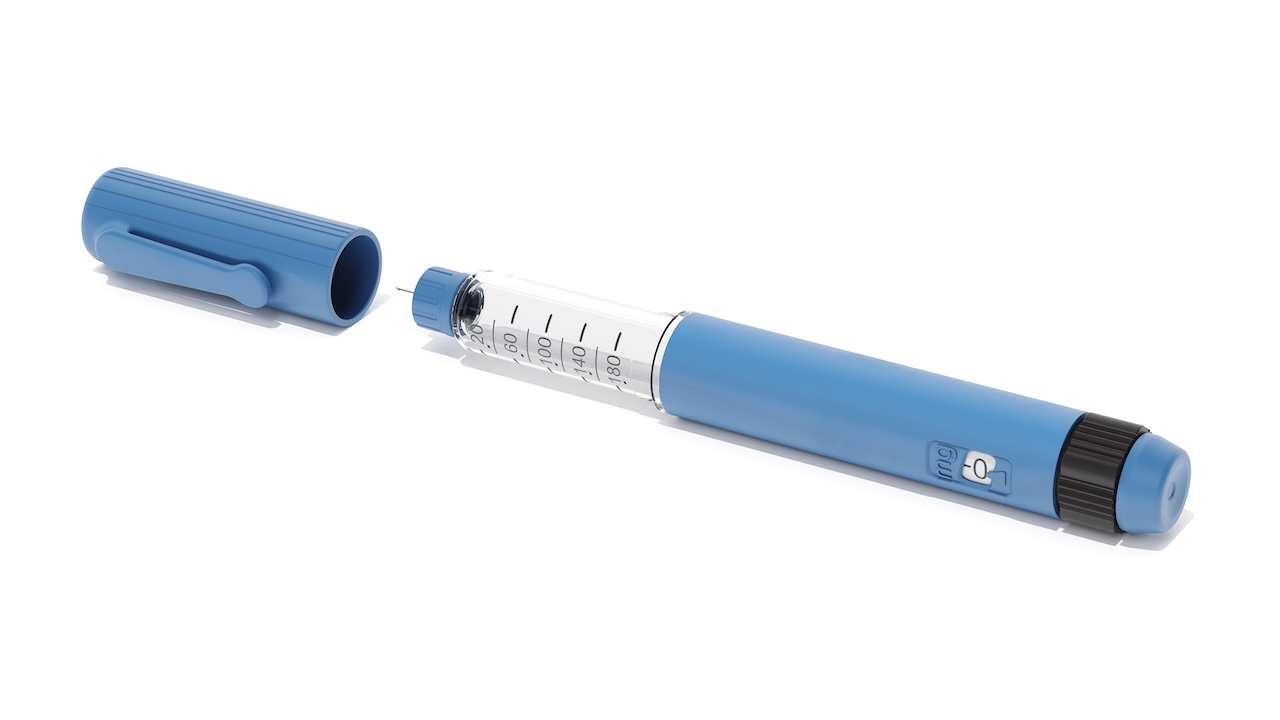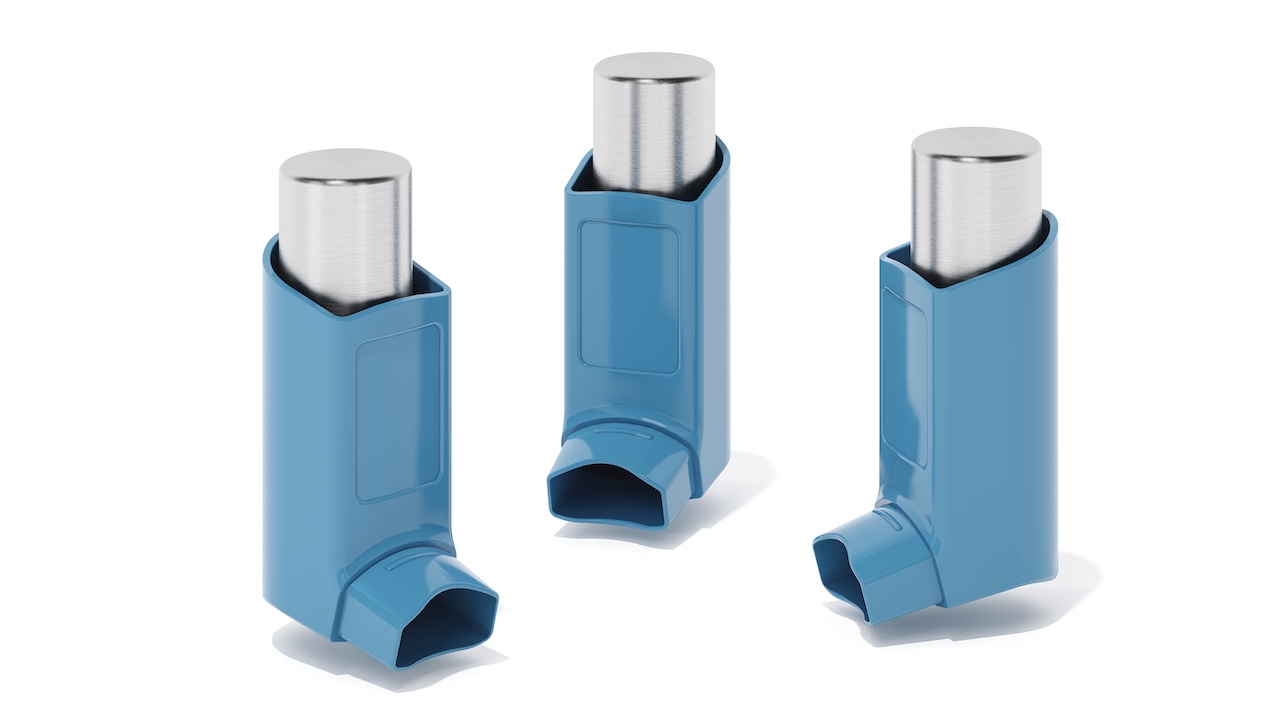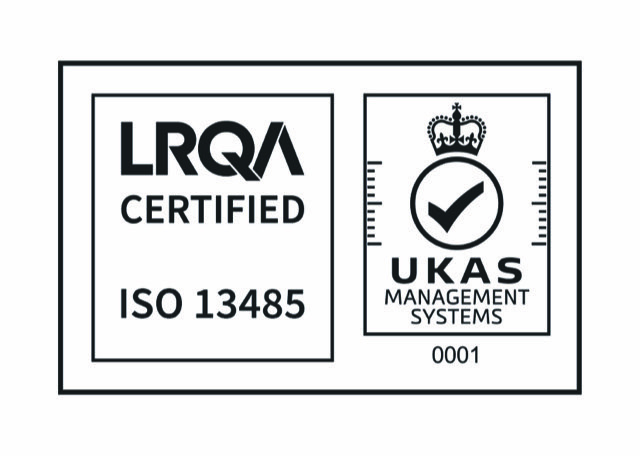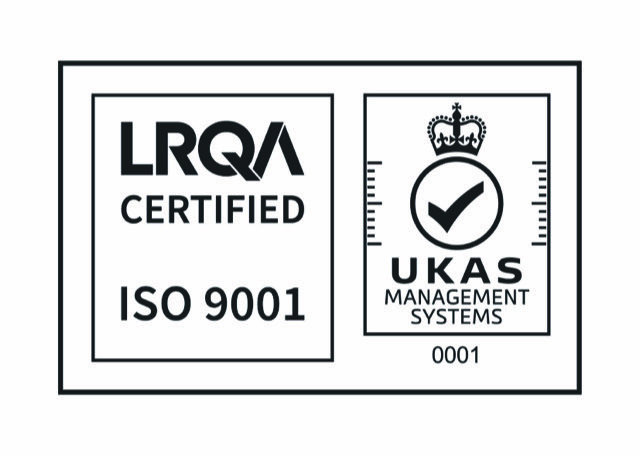UK Medical Device Classification
Classification of general medical devices
In the United Kingdom, general medical devices are categorised into four classes based on increasing levels of risk, in accordance with Rule 7 of the Medical Devices Regulations 2002 (SI 2002 No. 618, as amended) – the UK Medical Devices Regulations. These classifications are: Class I, IIa, IIb, and III. A “medical device” refers to any instrument, apparatus, appliance, software, implant, reagent, material, or other article intended by the manufacturer to be used, either alone or in combination, for human use in a medical context.
- Class I items are the lowest danger, such as needle-free syringes, medication spoons, eyeglasses, basic adhesive bandages, and examination lamps.
- Class IIa items include suture needles, conventional hearing aids, TENS devices, and short-term corrective contact lenses.
- Class IIb equipment include items like apnoea monitors, ventilators, surgical lasers, and diagnostic X-ray sources.
- Class III – greatest risk, including pacemakers, complete hip replacement systems, breast implants, IUDs for contraception, and medical devices that include drugs.
Manufacturers are required to demonstrate that their medical devices meet the applicable requirements of the UK Medical Devices Regulations by undertaking a conformity assessment. The classification of the device—whether Class I, IIa, IIb, or III—determines the nature, scope, and level of scrutiny required during the assessment process.
In certain cases, the classification rules for medical devices may be subject to amendment based on the device’s intended use. For example, non-invasive medical devices that come into contact with mucous membranes—as opposed to intact skin—may be classified as either Class I or Class IIa. This distinction depends on the clinical context, as mucous membranes or skin exhibiting pathological changes due to disease, injury, or other conditions are considered compromised. As such, the risk profile increases, potentially altering the classification.
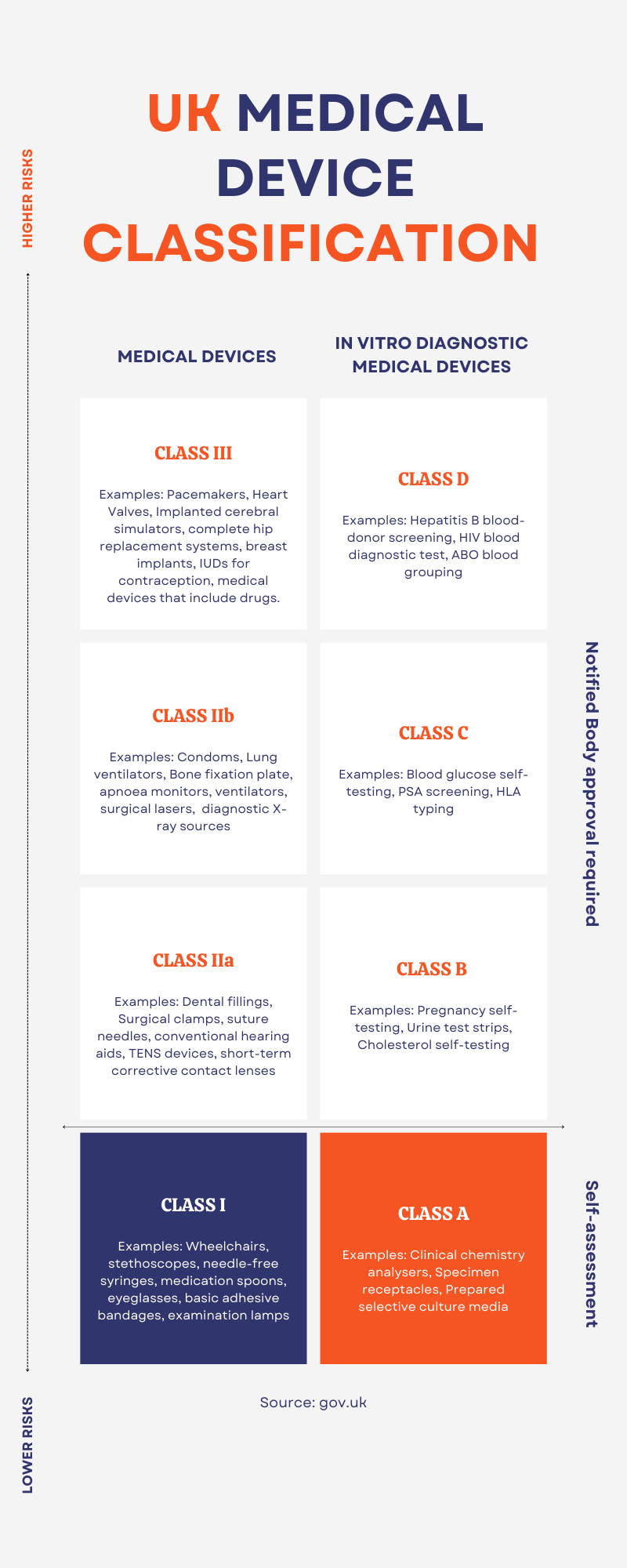
Classification of In Vitro Diagnostic Medical Devices
An in vitro diagnostic medical device (IVD) is defined as a reagent, reagent product, calibrator, control material, kit, instrument, apparatus, equipment, software, or system intended by the manufacturer to be used in vitro for the examination of specimens—such as blood, tissue, or other samples—derived from the human body. These devices are used to provide information regarding physiological or pathological states, congenital abnormalities, or to monitor therapeutic measures. Examples of IVDs include pregnancy test kits and blood glucose monitoring systems.
- Class A: examples include clinical chemistry analysers, specimen receptacles, prepared selective culture media.
- Class B: examples include pregnancy self-testing, urine test strips, cholesterol self-testing.
- Class C: examples include blood glucose self-testing, PSA screening, HLA typing.
- Class D: examples include Hepatitis B blood-donour screening, HIV blood diagnostic test, ABO blood grouping.
Other sources regarding Medical device classification in the UK
Manufacturers of medical devices, active implantable devices, in vitro diagnostics, and academics with commercial aspirations are all subject to the Medical Devices Regulations of 2002. Manufacturers, investors and distributors should also review other MHRA documents for compliance guidance in Great Britain, Northern Ireland and the EU (EU MDR and EU IVDR).
- Specific guidance for in vitro diagnostics
- Guidance on conformity assessment and UKCA marking
- Guidance on exemptions for in-house manufacture: for medical devices and for in vitro diagnostics (section 2.7 and appendix).
- detailed guidance on how to comply with the legal requirements for the Great Britain market.
- Summary of Class I medical device requirement
- MHRA’s clinical investigations of medical devices – guidance for investigators (PDF)
- MHRA’s clinical investigations of medical devices – guidance for manufacturers (PDF)
- MHRA guidance on in-house exemptions
- MHRA guidance for Northern Ireland implementation of EU MDR and EU IVDR and their interactive guide
- MHRA guidance on health institute exemption under EU MDR and EU IVDR
- Oxford Global Guidance to help you determine whether your medical device is within scope of EU MDR or EU IVDR, and its class
- EU Commission factsheets to help navigate EU MDR and EU IVDR.
- Companion diagnostics: requirements under the new IVDR
- Implementing the EU in vitro diagnostic regulation – a European regulatory perspective on companion diagnostics.
- IVD performance evaluation studies need to be registered with MHRA.
- Medical devices: software applications (apps) to determine which class.
- NHS AI Lab on AI development
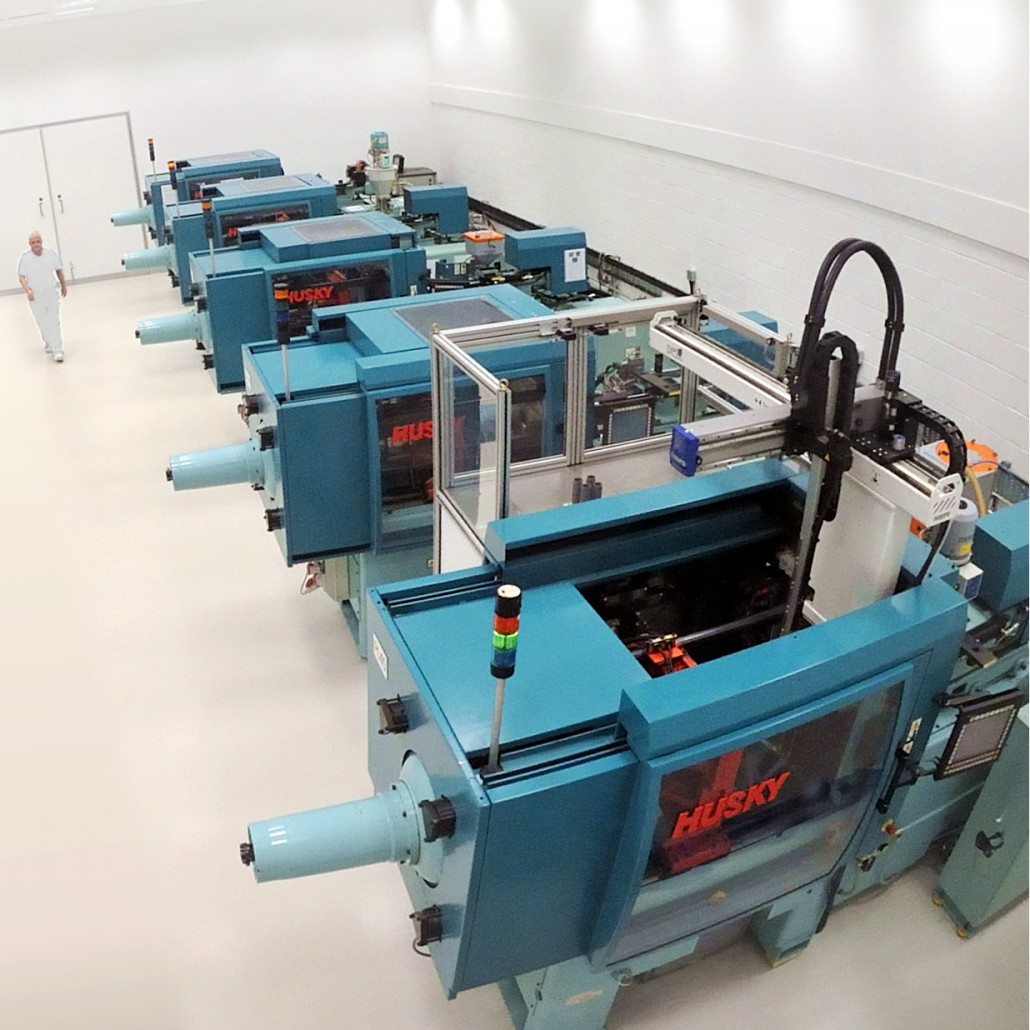
Micro Systems has 20 years of experience in manufacturing medical devices for top life sciences companies in the UK and other countries. Our team of experts can provide you with the latest insights and technology to develop your medical device and in vitro diagnostic device projects. Contact us today!


